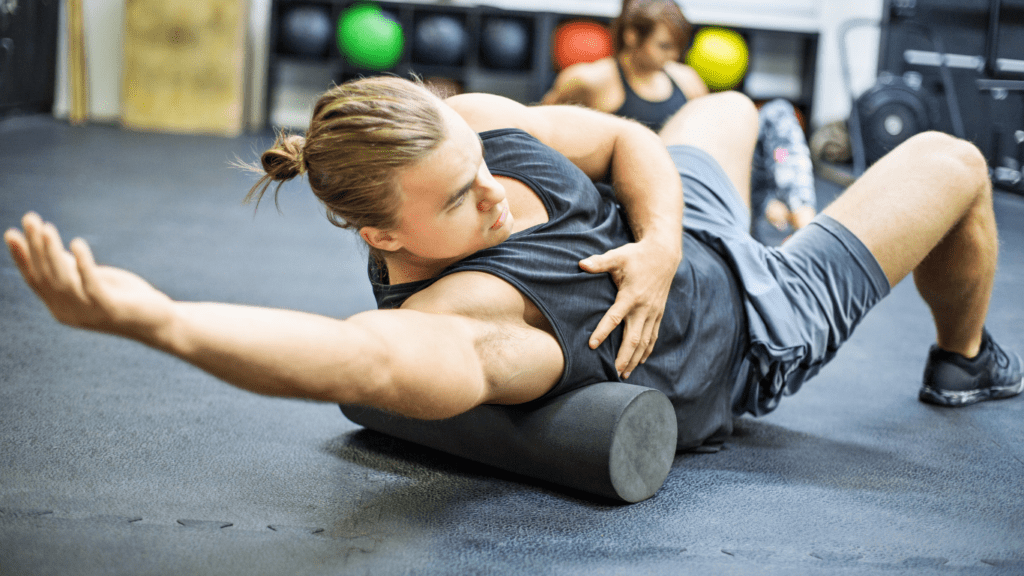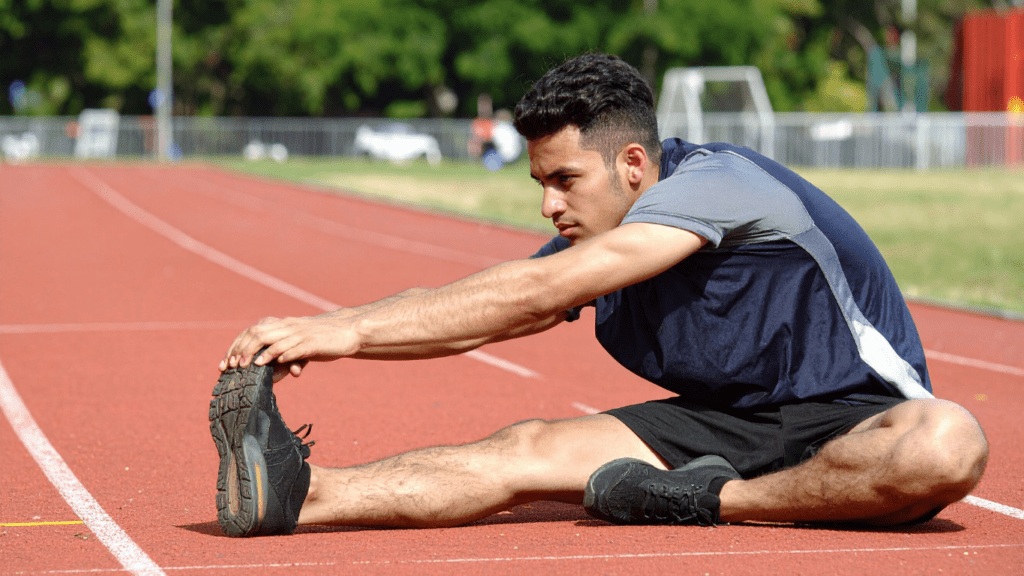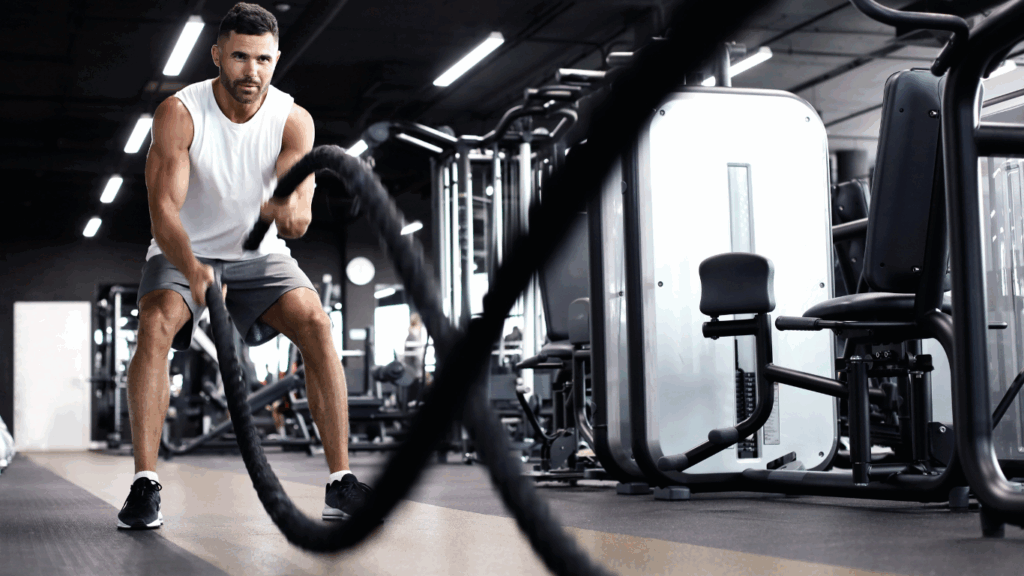Understanding Mobility And Its Importance
Mobility refers to the ability of joints to move actively through their full range of motion. Unlike flexibility, which focuses on muscle length, mobility combines strength, stability, and control to optimize movement patterns. Enhanced mobility supports efficient performance and reduces risks of strain or overuse injuries.
Poor mobility often limits functional movement, increasing the likelihood of compensatory patterns. For example, restricted hip rotation could force the lower back to overextend during dynamic actions, leading to discomfort or injury. Prioritizing mobility helps improve mechanics, minimizing such issues.
Mobility drills offer dual benefits for performance and injury prevention. By promoting joint strength and smooth coordination, these exercises can enhance speed, agility, and power. Regular practice also fosters better recovery, reducing stiffness and maintaining alignment during repetitive activities.
Key Benefits Of Mobility Drills
Mobility drills offer a powerful combination of performance enhancement and injury prevention. By consistently executing these drills, I can unlock greater physical potential while safeguarding my body against strain.
Enhanced Performance
Increased joint mobility directly improves functional strength, balance, and coordination. By targeting specific movement patterns like hip flexion or thoracic rotation, I can perform lifts, sprints, or athletic maneuvers more efficiently. Greater range of motion enables smoother transitions during dynamic movements, resulting in increased speed and power output. For example, engaging in ankle mobility drills can enhance squat depth, boosting the effective activation of muscles.
Injury Prevention
Mobility drills strengthen stabilizing muscles and joint control, reducing the likelihood of compensatory movement patterns. Proper alignment achieved through intentional mobility work decreases undue stress on ligaments and tendons. For instance, scapular mobility reduces risks during overhead pressing exercises by promoting balanced shoulder mechanics. Addressing weak points in flexibility and control minimizes the overall chance of strains and overuse injuries.
Improved Recovery
- Mobilizing stiff or fatigued joints promotes better circulation, which helps remove metabolic waste and supply oxygen to tissues.
- Drills focusing on gradual, controlled movements aid in restoring mobility lost after intense physical activity.
- Using methods like hip or wrist mobility sequences, I can reduce post-exercise stiffness and maintain optimal joint health.
- Effective recovery through mobility helps me stay consistent with training and prevent setbacks.
Best Mobility Drills For Boosting Performance
Mobility drills focus on enhancing joint movement, coordination, and muscle activation to improve performance. These targeted practices directly support functional movement and maintain long-term joint health.
Dynamic Stretching
Dynamic stretching combines controlled, active movements that enhance flexibility and prepare muscles for high-intensity activity. For example:
- Leg Swings: Swing one leg forward and backward while maintaining balance. This mobilizes the hips and improves dynamic range of motion.
- Arm Circles: Perform controlled circular motions with your arms to mobilize the shoulders.
- Hip Circles: Rotate your hips in a wide circular motion to loosen the hip joint and surrounding muscles.
Dynamic stretches, unlike static stretches, activate muscles and improve blood flow, crucial for performance readiness.
Foam Rolling Techniques

Foam rolling targets fascia, releasing tension and improving tissue elasticity. Effective techniques include:
- Quadriceps Roll: Lie face down with the foam roller under your thighs and roll back and forth.
- Glute Roll: Sit on the roller, lean into one glute, and slowly move forward and backward.
- Thoracic Spine Roll: Position the roller under your upper back and roll from the mid-back to your shoulders.
These techniques enhance circulation, alleviate tightness, and improve muscle recovery, supporting mobility.
Joint Mobilization Exercises
Joint mobilization drills promote stability and range of motion by targeting specific joints. Examples include:
- Ankle Circles: Sit with one leg extended and rotate your ankle in both directions. This optimizes ankle mobility for movements like squats and jumps.
- Cat-Cow Stretch: Alternate between arching and rounding your back on all fours. This mobilizes the spine and improves lumbar and thoracic flexibility.
- 90/90 Hip Switch: Sit with both knees bent at 90 degrees, then rotate your hips to switch from side to side. This increases hip mobility and control.
Focusing on joint-specific drills ensures smooth, controlled movements, reducing compensatory patterns and enhancing overall mechanics.
Mobility Drills For Injury Prevention
Mobility drills reduce joint stiffness, improve alignment, and address muscle imbalances. These targeted movements lower injury risks by promoting stability and controlled mechanics.
Hip Mobility Drills
Hip-focused drills enhance range of motion and address restrictions in the joint. Exercises like deep hip openers, such as 90/90 hip switches, improve rotational strength and control. Walking lunges, when performed with an upright posture, activate stabilizing muscles while stretching the hip flexors. Hip flexor stretches with glute engagement ensure proper alignment, reducing stress on the lower back.
Shoulder Mobility Exercises
Shoulder drills improve joint stability and prevent compensatory patterns in overhead activities. Wall slides increase scapular mobility and shoulder function by promoting smooth gliding motions. Arm dislocations using a resistance band improve shoulder rotation while strengthening connective tissues. Pendulum swings loosen tight shoulders, encouraging freer movement and eliminating strain.
Spinal Mobility Movements
Spinal mobility drills target optimal function of the thoracic and lumbar regions. The cat-cow stretch increases segmental mobility while aligning the spine. Thoracic rotation drills, like open book stretches, enhance rotational capacity by engaging oblique muscles. Seated spinal twists maintain a healthy range of motion and relax tight spinal extensors for proper posture.




